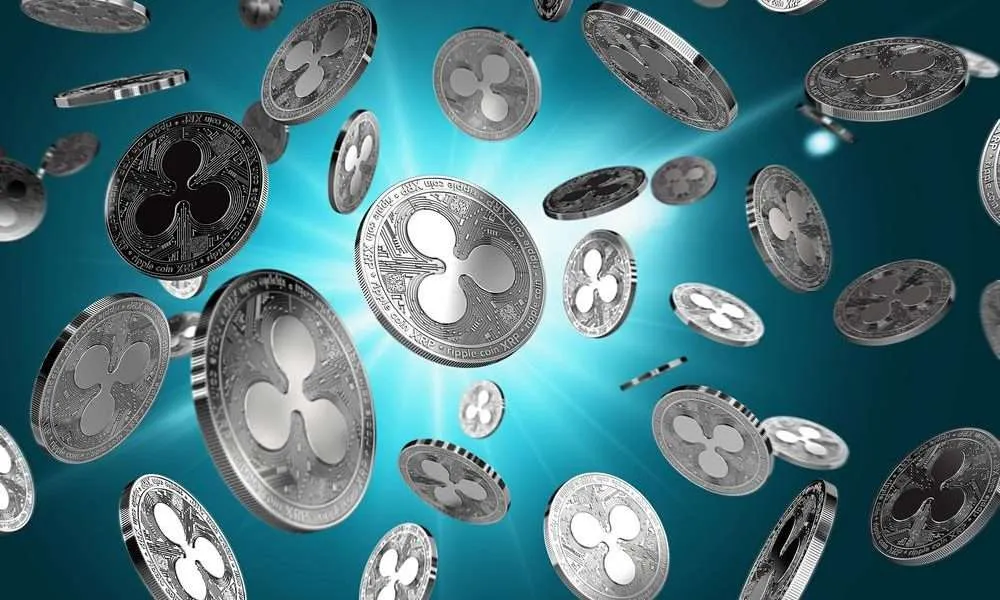When you think of classic cars, what comes to mind? Perhaps a sleek, shiny machine gliding down the road, turning heads and evoking nostalgia. But behind that stunning exterior often lies a story of transformation—from rusting heaps of scrap to gleaming icons of automotive beauty. In this article, we’ll explore how classic cars are rescued from the scrap heap and restored to their former glory, highlighting the magic of salvage and restoration.
The Allure of Classic Cars
Classic cars are more than just vehicles; they are symbols of an era, of craftsmanship, and of personal taste. Think of a classic car as a timeless piece of art. The curves, the chrome, and the engine purr all contribute to an aesthetic and historical appeal that modern cars often lack. Restoring these cars isn’t just about reviving a piece of metal; it’s about breathing new life into history.
Why Salvage? Understanding the Appeal
So why go through the trouble of salvaging a classic car? Salvage is a process that involves rescuing cars that might otherwise be discarded. For many enthusiasts, it’s a chance to bring a beloved model back to life. Salvaging a cash for cars caboolture can also be more cost-effective than buying a restored model and provides a unique opportunity to get hands-on with the restoration process.
Finding the Perfect Salvage Candidate
Not every classic car is a good candidate for salvage. The key is to look for cars that have potential despite their current state. A vehicle with a solid frame and minimal rust, even if it’s missing parts, can often be restored. Finding the right salvage candidate requires some detective work and a bit of luck, but it’s the first step in the thrilling journey of restoration.
The Salvage Process: From Junkyard to Garage
Once you’ve identified a candidate, the salvage process begins. This stage involves transporting the car from its original location, often a junkyard or a field, to a garage where restoration can begin. This step can be as simple as towing or as involved as disassembling the car on-site for easier transport.
Assessment and Planning: The Roadmap
Before any physical work begins, an assessment is necessary. This involves evaluating the car’s condition and planning the restoration work. It’s similar to drafting a blueprint before building a house. This phase includes creating a detailed list of repairs needed, estimating costs, and setting a timeline.
Dismantling and Cleaning: The Initial Steps
With a plan in place, the next steps are dismantling and cleaning. The car is carefully taken apart, and each component is cleaned and inspected. This is where the real transformation begins. Imagine it as peeling away layers of age to reveal the underlying potential.
Restoration Techniques: Bringing the Car Back to Life
Restoration is where the magic happens. This involves repairing or replacing damaged parts, restoring the engine, and making sure every detail is as close to the original as possible. Techniques vary depending on the car’s make and model, but they all aim to return the vehicle to its original splendor.
Painting and Detailing: The Final Touches
After the mechanical work is done, it’s time for painting and detailing. This stage is akin to applying the finishing touches on a painting. The car is repainted, detailed, and polished to achieve that showroom shine. It’s where the hard work truly pays off and the car starts to look brand new.
Challenges and Triumphs: Stories from the Field
Every restoration project has its challenges and triumphs. From unexpected rust issues to sourcing rare parts, each project is unique. Stories from the field often highlight the perseverance and creativity required to overcome obstacles and achieve a successful restoration.
The Role of Enthusiasts and Community
Classic car enthusiasts and communities play a crucial role in the salvage and restoration process. These groups share knowledge, resources, and support, making it easier for individuals to undertake their own projects. They often come together at car shows, forums, and events to celebrate their shared passion.
Economic and Environmental Impact
Restoring classic cars has both economic and environmental benefits. Economically, it provides job opportunities and supports local businesses. Environmentally, it’s a form of recycling that reduces waste by repurposing old vehicles rather than sending them to landfills.
Future Trends in Classic Car Restoration
As technology advances, so do restoration techniques. Future trends include the integration of modern technology with classic design, such as hybrid engines and advanced safety features. These innovations aim to preserve the charm of classic cars while enhancing their functionality.
How to Get Started with Your Own Project
If you’re inspired to start your own restoration project, begin by researching and planning. Start small, perhaps with a less complex car, and gradually build your skills. Connecting with local car clubs or online communities can also provide valuable guidance and support.
Resources for Classic Car Restoration
There are numerous resources available for classic car restoration enthusiasts. Books, online forums, and restoration guides can offer valuable information and tips. Additionally, professional services and parts suppliers can assist with specific needs.
Conclusion: The Beauty of Transformation
The transformation of classic cars from sell a car brisbane to stunning is a testament to human creativity and dedication. It’s a journey that combines history, craftsmanship, and personal passion, resulting in vehicles that are not only functional but also works of art. Whether you’re a seasoned restorer or a curious beginner, the world of classic car restoration offers endless opportunities for discovery and enjoyment.





